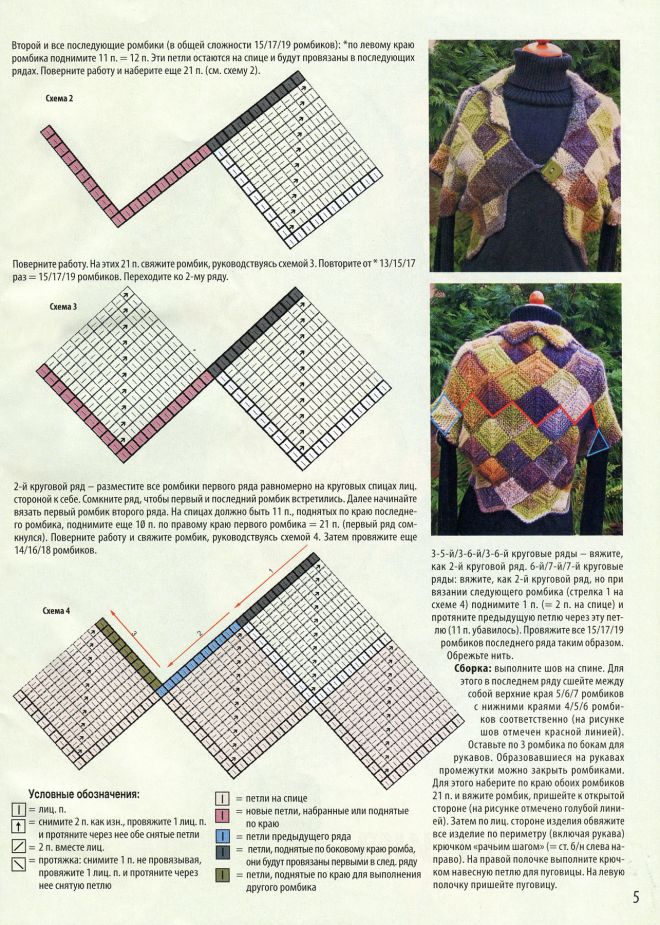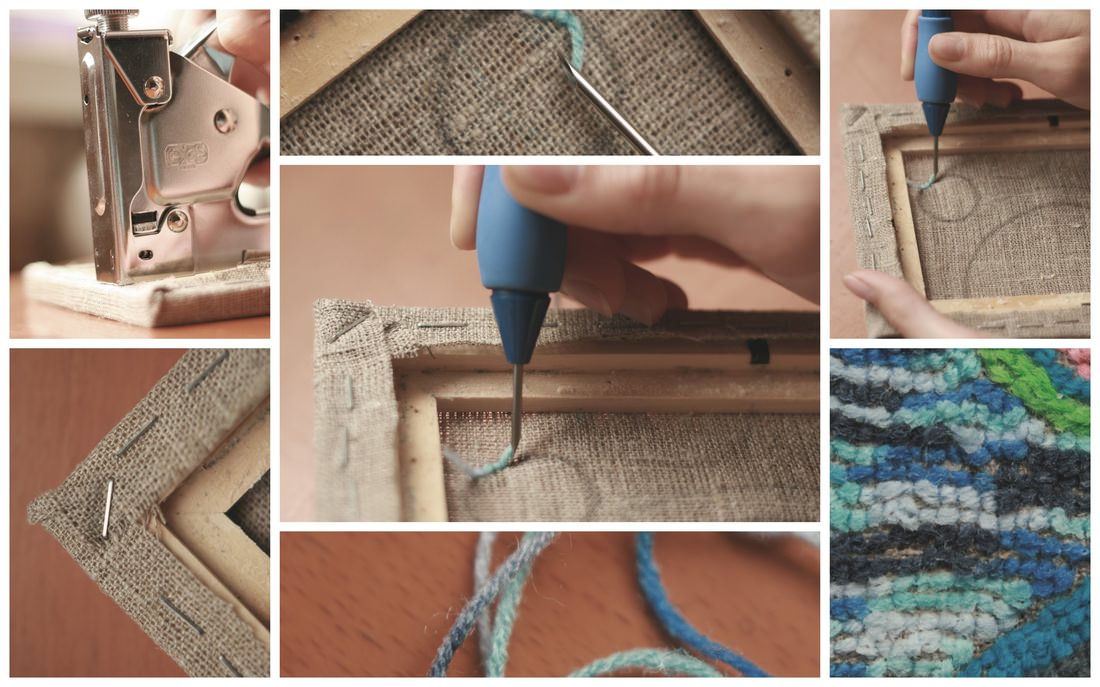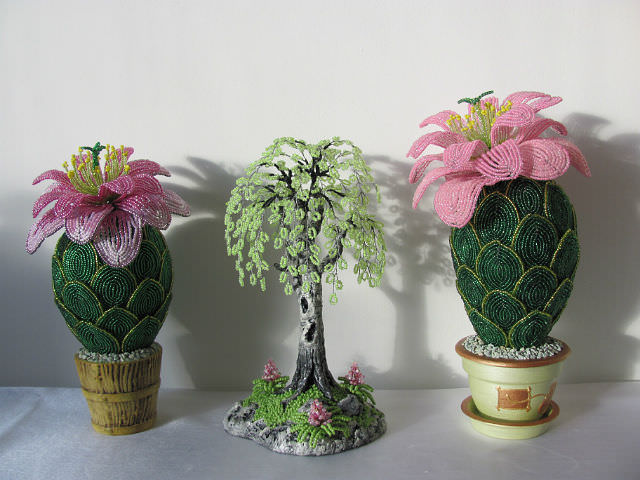
Kromochnaya loop: types and methods of knitting in a photo and video tutorial
Content
Any product, unless it's knitting byCircle, has edges. To ensure that the edges do not bend and have a flat surface, knitters use edge loops. This type of loops can be attributed to auxiliary ones, since the main drawing with their help is not formed. However, without them it is impossible to create a product. Sometimes they are called marginal. Most often in the quality of the edge used 2p - 1 on each side. Less often, their number can reach 4 or 6.
The peculiarity of this type of loop is that whenThe initial calculation and recruitment do not take them into account - they simply add 2 more knitting needles to complete the stroke. Calculation of the loop for the pattern takes place without taking into account the edge. However, they serve for sewing two parts of the product, that is, they form a seam. So, let's consider in more detail the process of forming edge tabs.
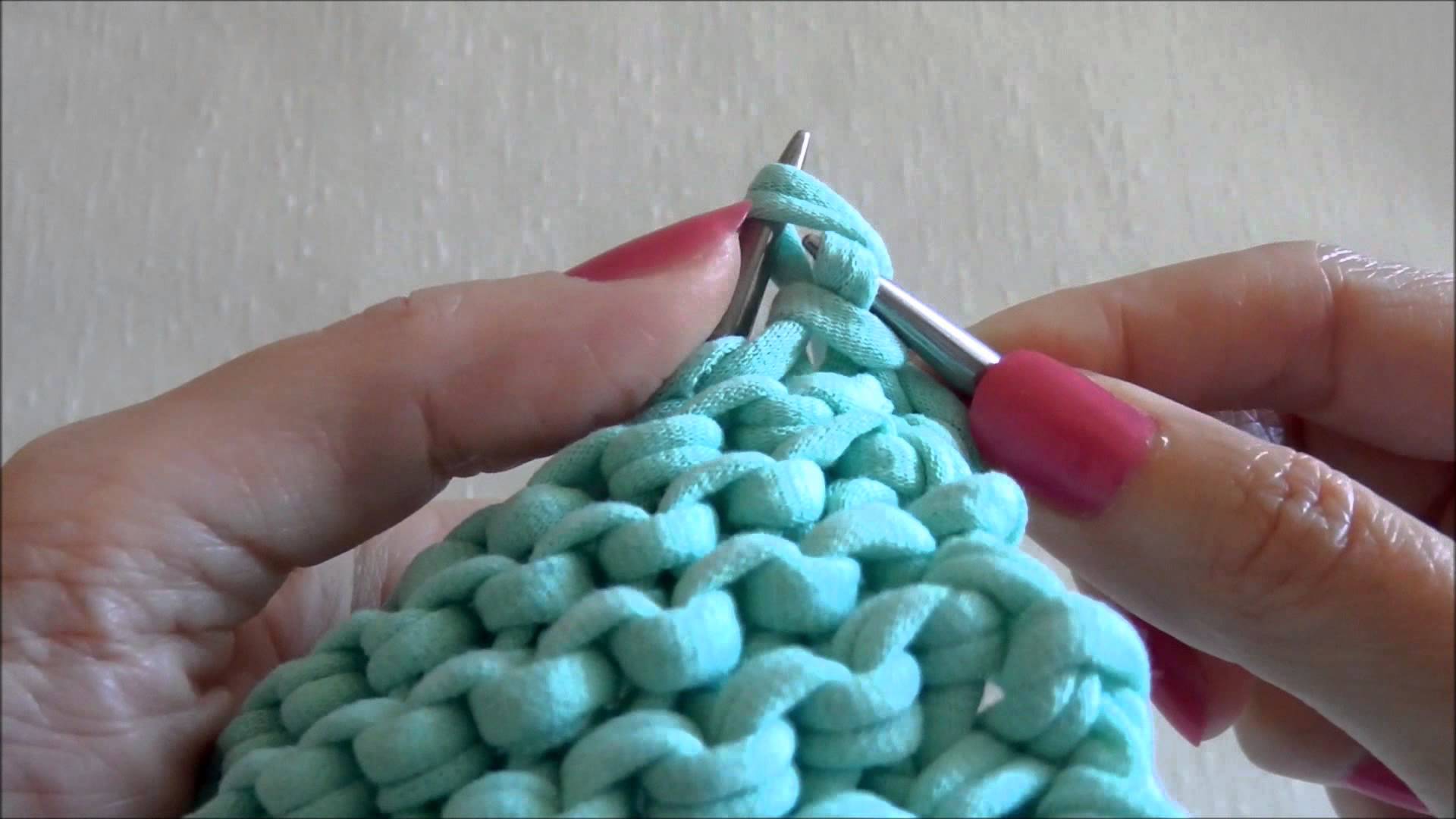
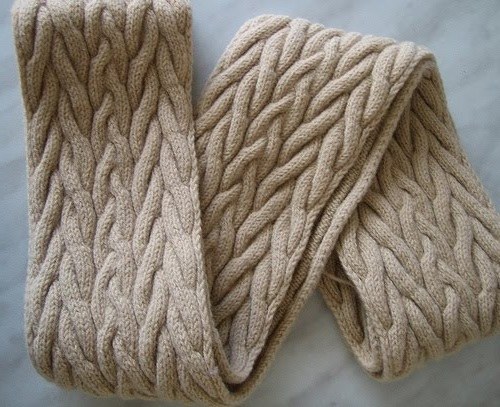
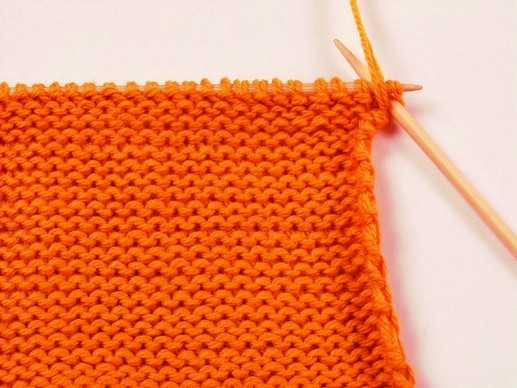
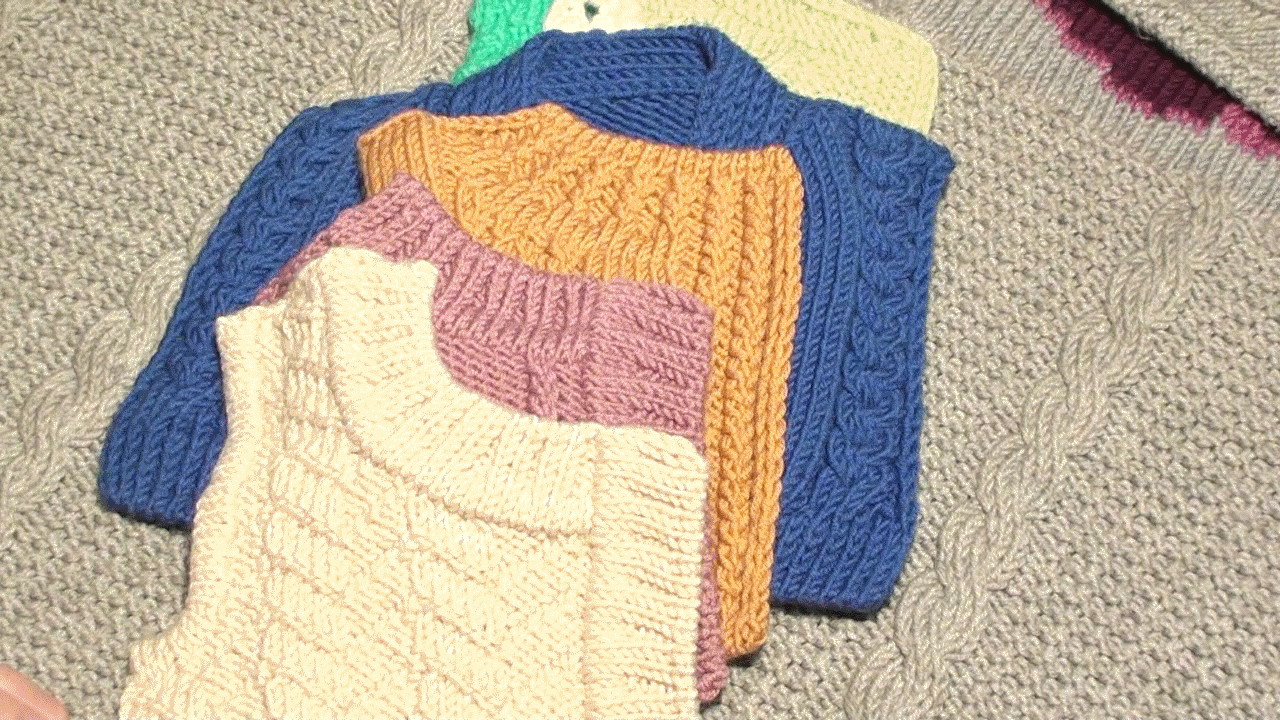


Practically on any scheme there are loops,Who do not participate in the drawing. For them, as for any other, there is a symbol. The hem loop most often on the pages of magazines for knitting is denoted by a cross:
- + - this is how the edge loops look on the diagrams;
- Cr. - this is how sometimes the name is shortened in descriptions of patterns.
Tying the edge of the product
The easiest way to knit for this kind of loops is the classic way. 1st Cr. - just remove the knitting needles. The last Cr. - You always need to knit as an IP.
The disadvantage of this method is the twisting of the edge of the web. If you do not understand the technique, you can always view it on video:
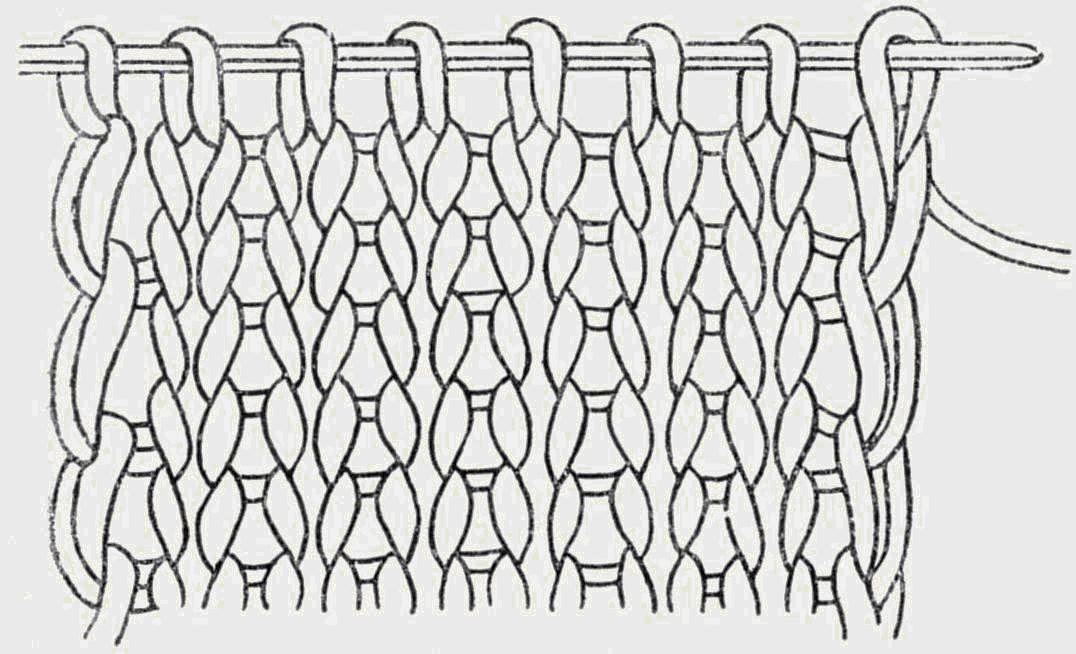
In order for the twisting to be less noticeable, this way to knit the edgeband was slightly transformed:

1Cr. On the front side - LP crossed, while picking up the knitting needles loop for the back wall. The last Cr. On the front side - IP. 1 and the last Kr. From the wrong side - as in the classical version.
Variety of knitting edge straps
To achieve a more beautiful pattern, avoid twisted edges, you can make edge loops in a more complex version.
View 1: Nodal pattern This scheme is used for garter stitching. The essence of it is that knit lace will be exactly the opposite of the classical pattern:
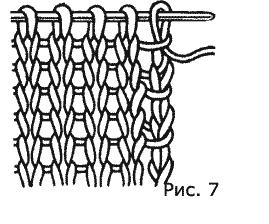
At the beginning of the face series, we form the spines of the PI. At the end of the row - LP. At the beginning of the purl series - LP, at the end - IP. When making the edge, the working thread must be kept in front of you.
Video: Edgeband
View 2: Double chain This scheme uses 4 edge loops - this should be taken into account when calculating and typing the loops for the pattern. With this method, the edge of the product will never be stretched, it will always be neat and dense.

Usually when making knitting needles scarves andCardigans use the double chain method. It allows you to form a more dense frame of the canvas, which will not allow it to curl and not spoil the appearance. Front side:
- The beginning of the series (HP): 1Kr is removed, 2Kr - crossed LP;
- The end of the series (CD): the penultimate one is removed, The last is the crossed IP.
Wrong side:
- НР: 1Кр - we remove, 2Кр - ИП;
- KR: penultimate KR - we remove, Last edgeband - Crossed PI:
On how to create this more complex pattern is best to understand by watching the video.
Video: Double Edge
Type 3: "Pearl pattern" Used for plaids, shawls, blankets. The essence of it is that all the edges in all rows (both in the face and in the back) will be knit equally - 1IP, 1LP, 1IP.
As can be seen, in this scheme for forming an edgeWill be used on 3p on each side, that is, only 6p. After dialing the loops on the main drawing, you need to type in an additional 6 for the edge patterns.
Video: Kromochnye loops in the form of a pearl pattern
View 4: Decorative finish An interesting and decorative finish will be obtained when using the following pattern. The front side: HP and CD - 1 shoot, 1IP. Wrong side: НР and КР - 2ИП.
Thus, it turns out quite an interesting frame, which will be an excellent decoration for the open edge of the blouse or it can serve to finish the belt or scarf.
Video: Decorative edge

